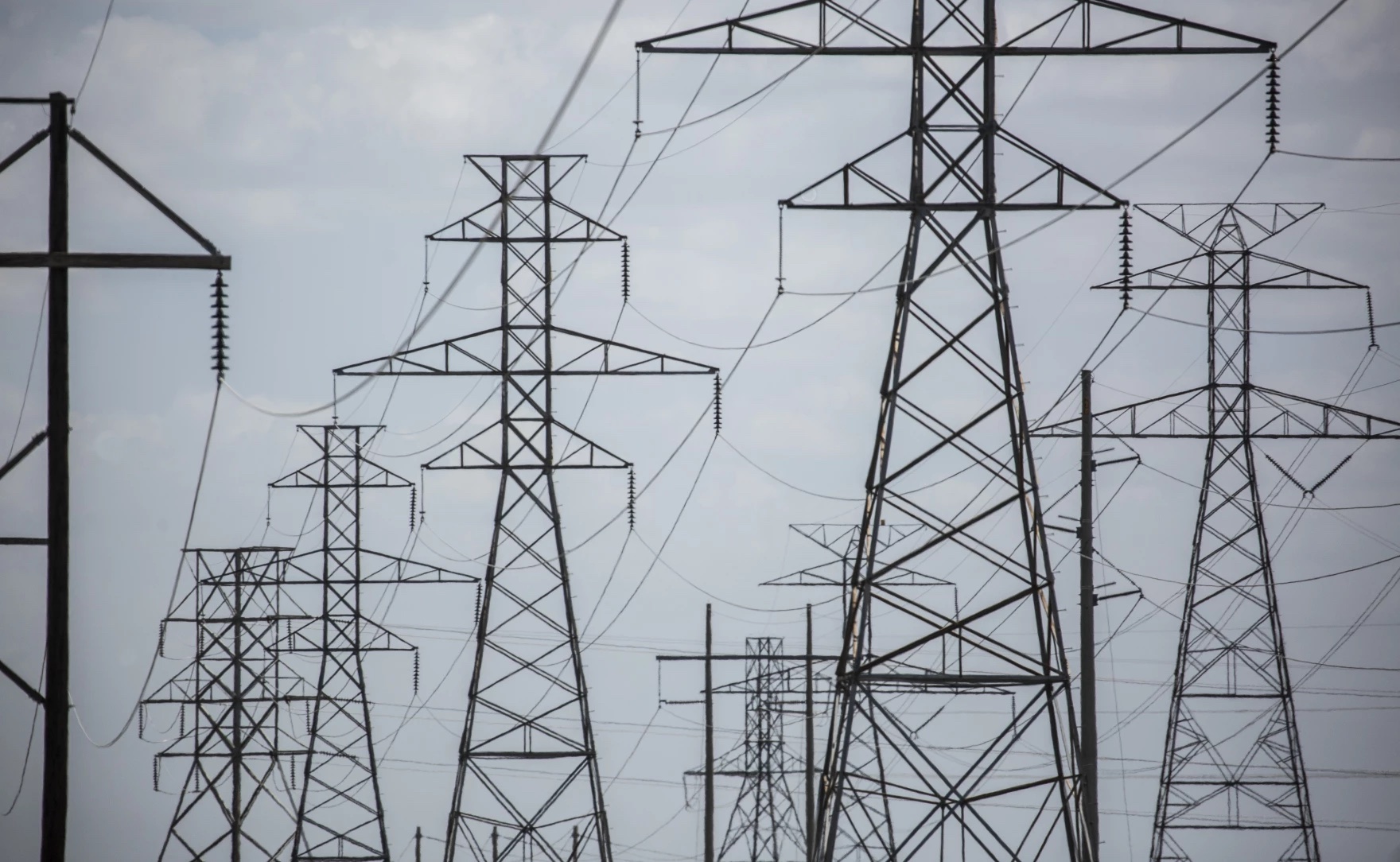Texas Standard is broadcasting the KUT Austin podcast The Disconnect. So far, episodes have explored the history of the Texas electrical grid and how it became deregulated. But the big question all along has been — how did we get to the point last February where many Texans experienced widespread, deadly power outages?
That’s the question The Disconnect begins to answer more directly today.
From KUT :
Millions of Texans lost power Feb. 15, but the failure of the state’s electric grid is the result of decisions made decades earlier — decisions like isolating the state’s grid from the rest of the country.
That move was just the first of many that allowed Texas to experiment with energy deregulation on an unparalleled scale.
But how did Texas even get to a place where it choose deregulation?
Post-war optimism
During much of the 20th century, Americans had only one utility company where they lived. That utility would generate the power, transmit the power to their neighborhoods, and install the transmission lines into their homes. Then the company would bill customers whatever it deemed appropriate.
After World War II, optimism flourished. People bought into the “American dream,” that democracy and capitalism would deliver a good job and a home in which to raise a family. This, of course, wasn’t the case for everyone, but generally what people consider to be hallmarks of a middle-class existence — televisions, appliances, even air conditioning — were birthed during this period.
Power companies felt they were part of that path, providing energy to subdivisions and factories that made the products of tomorrow.










